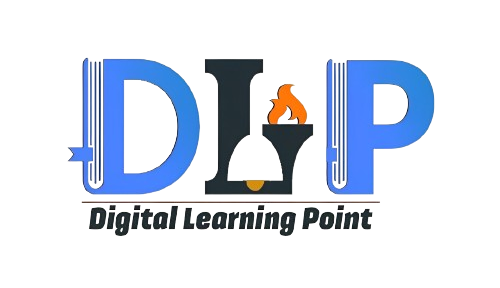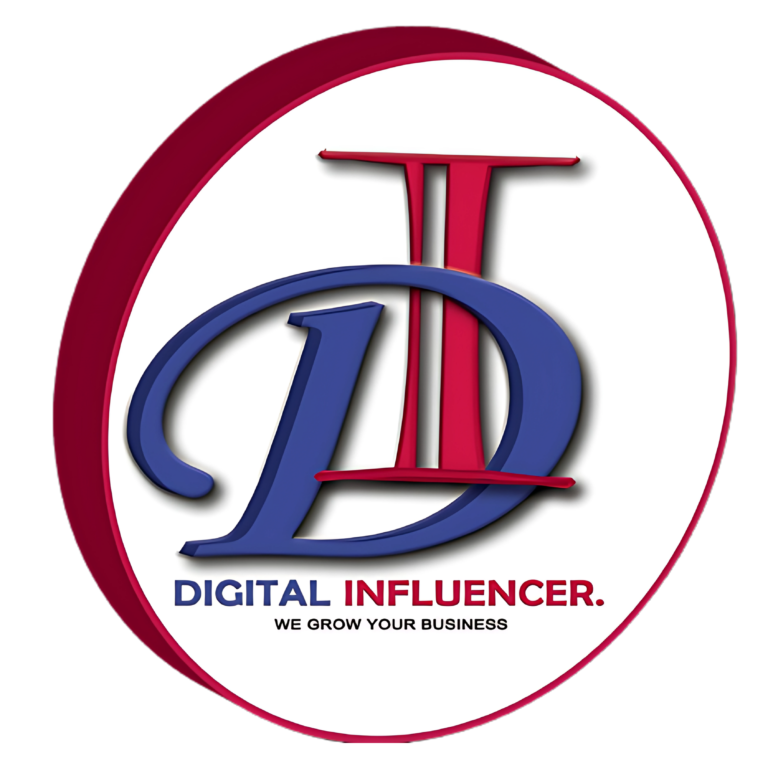LinkedIn was once a platform strictly reserved for professional networking, job hunting, and industry updates. Today, however, many users are noticing a shift — LinkedIn is starting to feel more like Facebook circa 2017. From personal stories to viral memes, the platform has undergone a cultural transformation. But is this change good or bad for professionals and businesses? Let’s explore the evolution, reasons, and implications of this major transformation.
The Evolution of LinkedIn: From Digital Resumes to Storytelling Hub
When LinkedIn launched, it positioned itself as the digital resume — a space for professionals to showcase their achievements, connect with recruiters, and share industry insights. Over time, the platform evolved to include new features that encouraged more interaction and expression.
For example, LinkedIn introduced:
- A news feed that promotes engagement.
- Reactions and comments similar to Facebook.
- Content algorithms that reward storytelling and emotion-driven posts.
As a result, the line between professional and personal content began to blur. What was once a purely career-focused site now feels more like a community-driven social network.
Why LinkedIn Feels Like Facebook in 2017
Several major trends explain why LinkedIn now resembles Facebook’s golden era of 2017. Let’s break down these similarities and how they’re reshaping user behavior.
1. Personal Stories Are Taking Over
Much like Facebook’s storytelling boom in 2017, LinkedIn feeds are now filled with personal and emotional stories. Users often post about overcoming challenges, achieving personal milestones, or sharing family updates.
This approach has a double effect. On one hand, it humanizes professionals and helps audiences connect emotionally. On the other hand, it sometimes dilutes the platform’s focus on career development and professional learning.
2. Viral Posts and Memes Are Everywhere
Another reason LinkedIn feels like Facebook is the rise of viral content. Memes, humorous anecdotes, and “relatable” office jokes are gaining massive engagement.
In fact, LinkedIn’s algorithm often rewards posts that spark conversation — even if they are not deeply professional. Therefore, posts that go viral tend to dominate the feed, just as Facebook’s mid-2010s algorithm favored highly shareable content.
3. Community Building Over Corporate Announcements
Instead of company press releases and job listings, more users are sharing opinions, debates, and insights. This shift toward community and conversation mirrors how Facebook groups once thrived in 2017.
Consequently, LinkedIn has become a space where professionals express thoughts, exchange ideas, and build personal brands — rather than simply promoting businesses.
4. Overlap of Professional and Personal Identities
Today, professionals on LinkedIn are encouraged to show their authentic selves. They mix personal life with career updates — something Facebook was known for years ago.
However, this overlap can sometimes make people question where to draw the line. Some users appreciate the honesty and openness, while others feel LinkedIn is losing its formal tone.
5. Algorithm-Driven Visibility
Lastly, LinkedIn’s algorithmic strategy plays a major role in this cultural shift. The platform now prioritizes content that generates engagement — likes, comments, and shares — rather than expertise alone.
This “viral-first” approach mirrors Facebook’s 2017 algorithm, which promoted emotional and interactive posts over informational ones. As a result, professional thought leadership posts often get overshadowed by emotional storytelling.
The Pros of LinkedIn Becoming More Like Facebook
Although this transformation has critics, it’s not all bad news. In many ways, LinkedIn’s evolution offers valuable opportunities for both professionals and businesses.
1. Stronger Human Connection
People now see the human side of professionals, which helps build genuine relationships. Stories about personal growth, failures, and success feel more relatable than generic corporate posts.
2. Higher Engagement and Reach
Because storytelling resonates emotionally, such posts tend to attract more engagement — meaning more visibility for creators, entrepreneurs, and job seekers.
3. Diverse and Inspiring Content
The content variety has expanded beyond resumes and job updates. Users now enjoy motivational posts, productivity hacks, and real-life lessons from fellow professionals.
4. Better Networking Opportunities
By blending authenticity with experience, professionals can connect more deeply. This kind of engagement often leads to meaningful collaborations, mentorships, and partnerships.
The Cons of LinkedIn’s Transformation
However, this social-style shift also brings a few challenges that are worth noting.
1. Dilution of Professional Value
Too much personal content can make LinkedIn feel less credible as a career platform. Professionals seeking serious industry discussions might struggle to find relevant posts.
2. Content Fatigue
Because viral-style posts dominate the feed, many insightful or research-based articles get buried. As a result, professionals may feel overwhelmed or uninspired by repetitive motivational content.
3. Professional Boundaries
Some users find it uncomfortable when personal updates — such as family matters or emotional confessions — appear on a platform designed for work-related interactions. Maintaining balance becomes essential.
What This Shift Means for Professionals and Businesses
The changing tone of LinkedIn has implications for everyone — from individual professionals to companies and marketers.
For Individuals
If you’re an individual creator or job seeker, balance is key. Share personal stories, but always connect them back to professional growth or a learning experience. For example, an entrepreneur can talk about failure, but also explain what business lesson it taught them.
For Businesses
Brands and organizations should embrace storytelling and employee advocacy. Instead of just posting formal announcements, highlight the people behind the company — their achievements, struggles, and values. This approach builds authenticity and audience trust.
For Marketers
LinkedIn now acts as a hybrid platform — part professional network, part social media. Therefore, marketers should blend data-driven insights with emotional storytelling. By doing so, they can reach audiences more effectively and build lasting brand awareness.
Final Thoughts: The New Face of Professional Networking
LinkedIn’s transformation into a more personal, story-driven platform mirrors Facebook’s 2017 vibe. While critics argue that it reduces professionalism, it undeniably makes networking more authentic and emotionally engaging.
The key lies in balance — embracing human stories without losing professional depth. By mixing insight with emotion, LinkedIn users can make the most of this evolving landscape and build stronger, more meaningful digital connections.
FAQs
Q1. Why does LinkedIn feel more casual now?
Because the algorithm rewards personal, engaging content rather than only formal professional updates.
Q2. Is it bad to post personal stories on LinkedIn?
Not at all—but they should ideally connect back to professional insights, lessons, or growth.Q3. How should businesses adapt to LinkedIn’s new style?
By adopting a storytelling approach, showcasing behind-the-scenes culture, and encouraging employees to share authentic posts.
Q4. Will LinkedIn lose its professional edge?
Unlikely. While casual content is rising, LinkedIn remains the go-to platform for careers, hiring, and B2B networking.
Q5. What’s the best content strategy for LinkedIn in 2025?
Mix professional insights, thought leadership, and authentic storytelling to stay relevant.


